Ganesh Kalidas has an exclusive interaction with the head honchos of DCM Shriram Industries Limited – Senior Managing Director and CEO Alok B Shriram and his daughter President (Rayon Division) Kanika Shriram – to get insights about the company’s global presence in high tenacity rayon tyre cord. The interview also focuses on how the company faced the impact of the pandemic and lockdown and immediately got into the groove once again in record time to be able to achieve the goals of Vision 2025
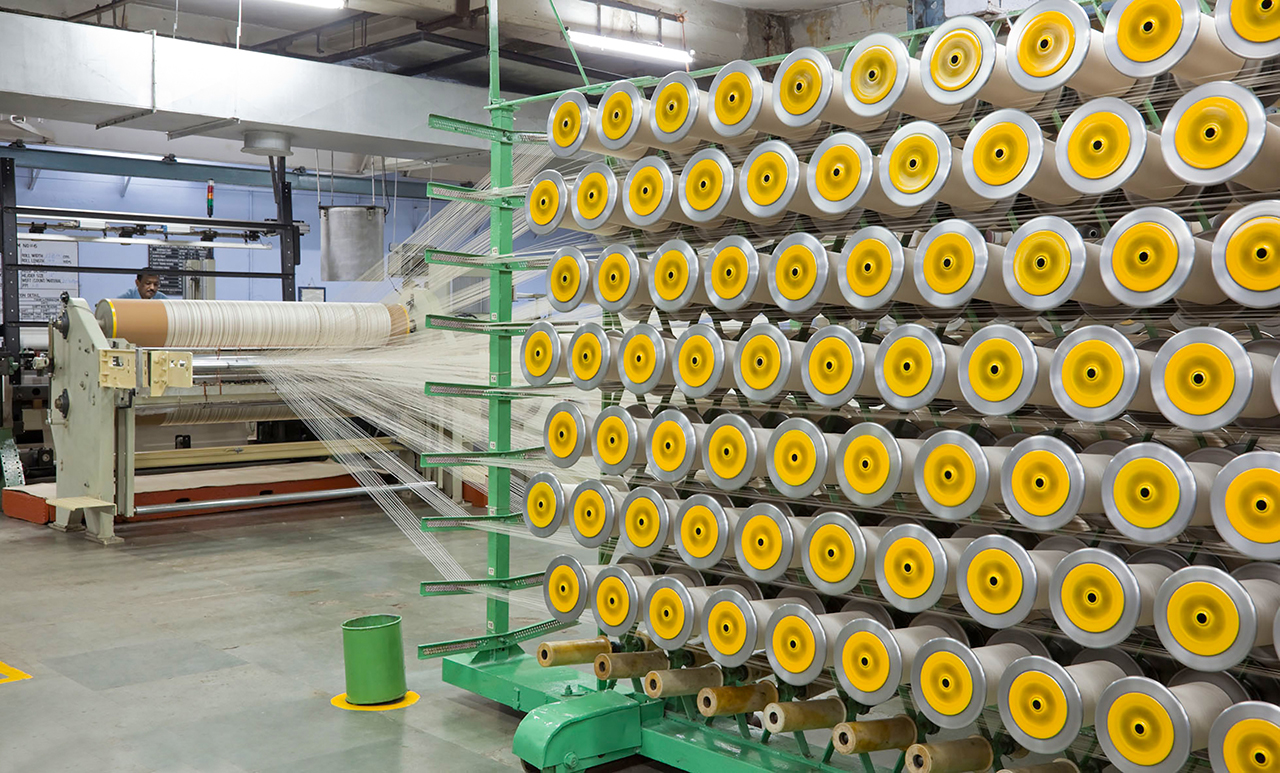
Here is a part of a fable that many of us may remember: “The Phoenix had risen from the ashes. It lifted its neck and spread out its beautiful wings and soared high into the sky. The Phoenix picked up the ash and put in the egg. And then the Phoenix and the birds flew towards the city of sun, to the temple of the sun, the Egyptians had made.” As an analogy, here is the story of Shriram Rayons. Despite a turbulent start littered with massive obstacles – be it a war and its ripple effects resulting in a ban on raw material import that is so crucial to manufacturing rayon, replacement of ‘wonder fibre’ rayon with nylon or a plant shutdown for two years due to a hard-hitting workers’ strike – Shriram Rayons today has come a long way and stands head and shoulders above the competitors globally.
Established in 1965 in Kota, Rajasthan, Shriram Rayons manufactures rayon yarn, greige and treated fabric. Rayon is still the material of choice for ultra-high-performance tyres and is the only bio-based fibre used in such end-uses on a large scale. The company exports rayon to major tyre manufacturers around the world. Alok Shriram, Senior Managing Director and CEO, DCM Shriram Industries Limited, shares: “We are a unique company in the world as we are the only one to still hold forth the American technology. Post the workers’ strike in 1987-88, we restarted, but our American suppliers were unwilling to give us the raw material. That was when we zeroed down on a niche market in the global technical textile market for high-performance tyres, which run at more than 200 kilometres an hour.”
“From an almost zero base in 1990, we began supplying rayon yarn to customers in Europe in 1993. We invested in Swiss weaving machines and started making fabric for global customers,” he adds. What began with supplying about 200 tonnes in the first year grew to about 6,000 tonnes. And today, it stands at about 10,000 tonnes a year. Elaborates Shriram: “Today we are a business entity worth Rs 400 crore. We enhanced our capability to supply treated fabric which is a readily usable product and is preferred by the tyre companies.” The treated fabric constitutes 80% of the exported volume as per last year’s figures. Now, the company is implementing a capacity expansion project which includes installation of a state-of-the-art dipping unit to meet additional market requirement of treated fabric.
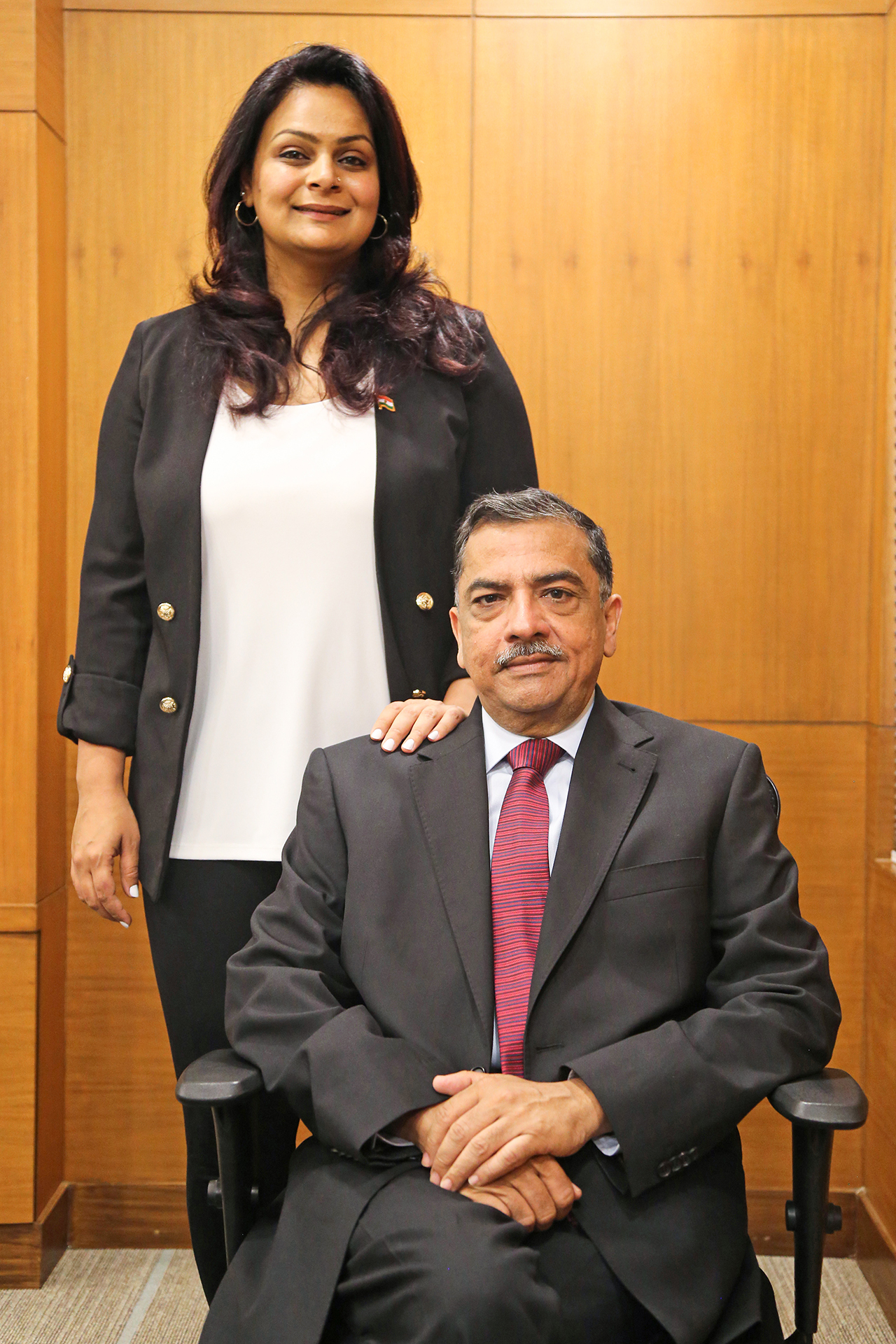
Robust Team
The management of Shriram Rayon attributes the company’s success partly to their robust and strong-willed team. Alok Shriram feels proud that together they have faced challenges and have developed a globally accepted ‘sophisticated product’. He feels strongly when he says, “Today we are the top supplier to at least two of the six top tyre companies in the world. And we supply to more than 45 plants located across the globe.” Kanika Shriram, President, Shriram Rayons, adds: “The rayon market for India is almost non-existent. Indian tyre manufacturers are yet to adapt themselves to the manufacturing of high-performance tyres. This can be attributed to lack of infrastructure in the country that suits its usage. Hence, nylon and polyester alternatives are currently in use for manufacturing of tyres in India. However, a small quantity of the run-flat (high-performance tyres) is being imported, and can be spotted on high-end luxury cars.
Today, Shriram Rayons commands 20-25% of the global market in the rayon-based tyre segment.”
Sustainability at Heart
The traditional processing of rayon now has been modified, thus making it more eco-friendly. One major change can be seen in the material used for constructing the machines. While lead was originally used as the material of construction to handle harsh chemicals like caustic soda and sulphuric acid, the same has been replaced by engineering plastic materials like PP, PVC and FRP. Kanika explains: “This business is both capital and chemical-intensive. Our focus, especially on effluent management, has always been intense. We have always addressed these issues from an environmental and human standpoint rather than just complying with the statutory norms.”
“Similarly, our dependence on fossil fuel has been reduced drastically by almost 90%. We are now using primarily agro-fuel such as mustard husk which is easily available in the area, thereby not only reducing our carbon footprint but also providing additional income to the local farmers who earn by selling their agro waste to us. We have also been working on reducing water consumption and are looking forward to attaining zero liquid discharge,” she adds. Shriram Rayons, besides making untreated or greige fabric and treated fabric, also converts industrial grade nylon yarn to tyre cord greige and dipped fabric. The company also makes dipped nylon chafer fabric which is used in special applications of the tyres and specialised leader liners.
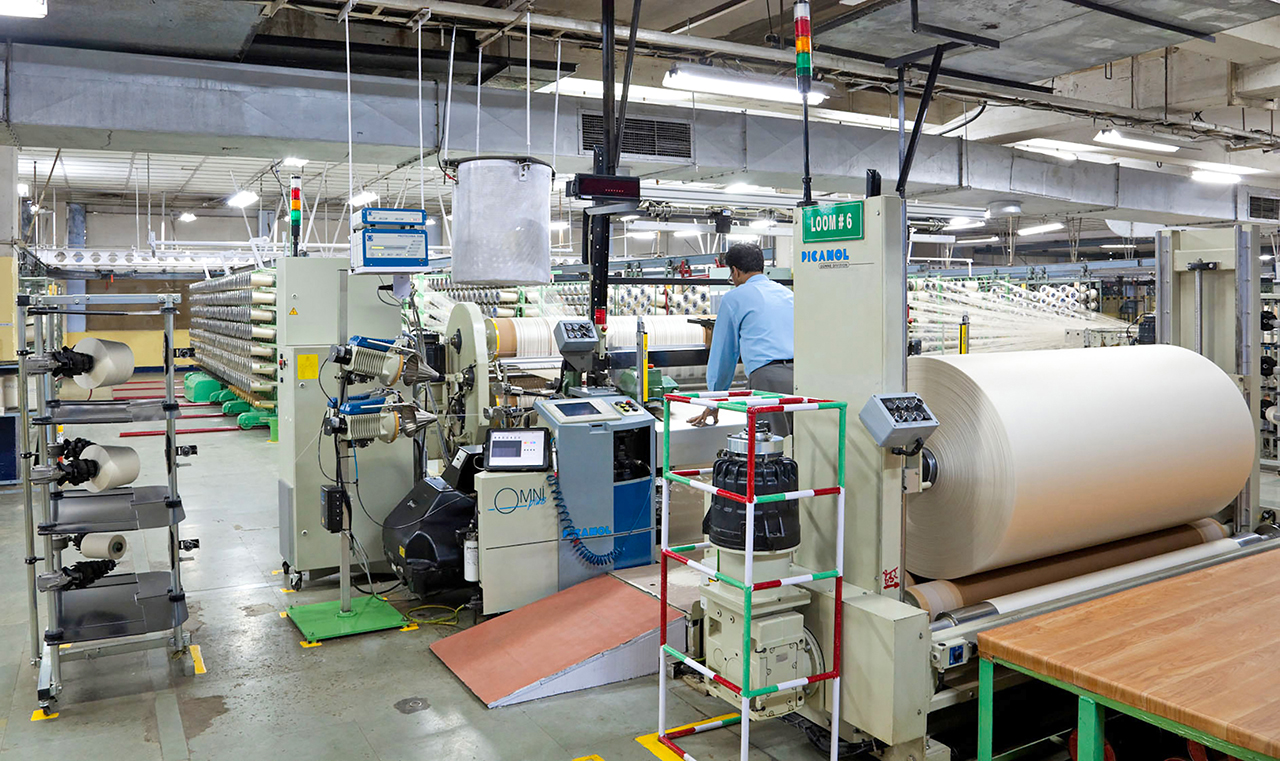
A Wide Portfolio
Elaborating about the products made by the company and innovations, Alok states, “Currently we are trying to make rayon-based geotextiles which potentially commands a huge market. One of the biggest disadvantages with plastic-based geotextile fabric, especially in the hilly areas, is that it needs to be removed after a certain period of use in order to prevent soil erosion. On the other hand, geotextiles made from rayon cord if left undisturbed will turn into mulch in about three years or so and act as fertiliser. In other words, it is 100% biodegradable.” As on date, Shriram Rayons is taking help from a technical institute of repute in conducting advanced trials to develop the right weave.
Design and Development
Shriram Rayons depends on its own design and development division where products are developed with in-house experts. Talking about products in the works, Alok shares, “We are in the process of developing a fire-retardant fabric. Usually, fire-retardant fabric is made using polyester or nylon. Our fabric is inherently hygroscopic in nature and will be designed to absorb perspiration moisture unlike the other two materials. It will be softer and easier to use too. Currently, research and development is underway with the help of a research house. We believe in bringing in partners to perform research and development with us.” The uniqueness of rayon tyre cord lies in the fact that the material is safe, both for the environment and for humans too.
Kanika elaborates: Rayon has not lost its alternativeness as a yarn for rubber reinforcement. Its combination of properties such as high dimensional stability, good dynamic performance and very good thermal resistance makes it the best choice for use in the carcass of high-performance and ultra-high-performance tyres. Adding to this, Alok states, “Since rayon is made from wood, it burns at extremely high temperatures. Polyester and nylon will soften and start melting at high temperatures and there will be distension in the rubber. Also, denser fibre rayon helps insulate the rider from the feel of bumps on the road. Besides, rayon does not have a cold spotting issue.”
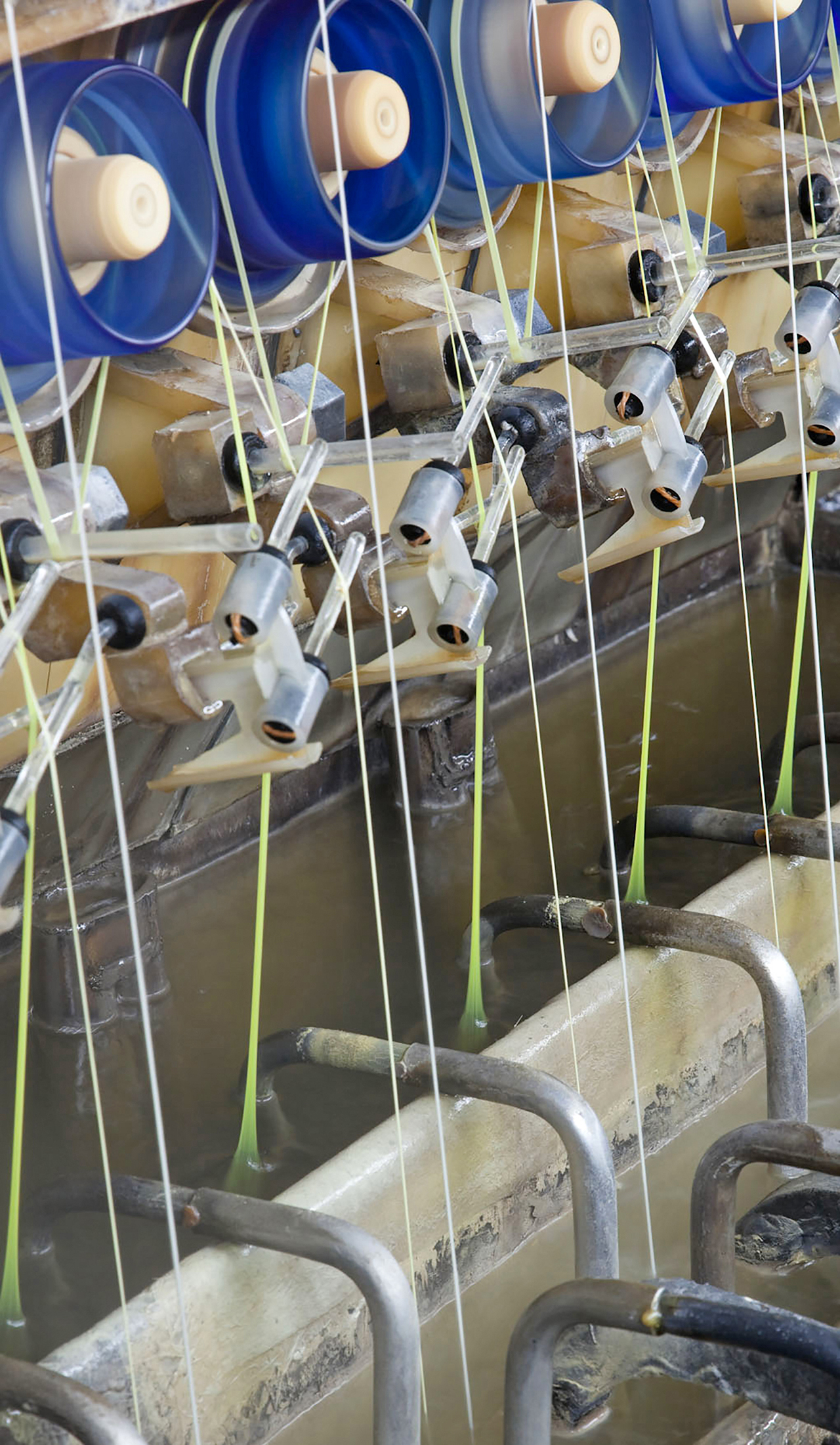
Human Resource: A Precious Asset
The company is placed as the 2nd topmost manufacturer of rayon in terms of capacity and desirability around the world as against being on the 5th or 6th rung on the ‘most-sought after business house’ ladder. With a hint of justified pride, Alok says, “In the last decade and a half our company has been awarded for exports, safety and good human resource practices, but the biggest achievement for me personally is that despite the odds we have created a successful team and a world-class manufacturing set-up. Typically, in India, a factory worker is merely a pair of hands, but for us, he is the brains besides a pair of hands, and we know for a fact that they draw a huge sense of encouragement from this to the extent that they come up with multiple solutions.”
The Pandemic Effect
In tough times it’s the tough guys who last. Similarly, the company acted quickly in the face of the pandemic-induced lockdown. Utilising available resources in-house, the company developed a hand sanitizer of its own. Other steps taken to mitigate the pandemic impact on its workforce included banning outsiders entering the company’s colonies where its workers reside, modifying entry and exit gates and schedules to allow workers of different plants to access the shop floor at different times, installing contactless attendance systems and foot-operated hand washing systems at multiple points, among others.
Elaborates Kanika: “Despite the leeway given by the government to continue running at a reduced capacity during the lockdown, we decided to go ahead with the shutdown because we value the wellbeing of our employees. Then, we created a system within our colony where if somebody tested positive to the virus, he or she was asked to self-quarantine at home. We made arrangements to have their daily essentials and groceries delivered to them.” The factory was shut for 57 days and by September 2020 it was back to work on a full scale. Says Alok: “We were back on our feet within a week of reopening. The plant had stabilised and was delivering export quality products, which is a tall order. And the best part is that our customers have flocked back to us. We continue to implement all safety and hygiene practices.”
Policy Recommendations
Alok feels that India lacks finishing technology despite the textile industry excelling at basics. His recommendations to those in power include providing the industry quick access to technologies that can help process new kinds of microfibers as the world has done, thereby keeping the industry in good competitive stead. He further adds, “We have to make in-house plants and machineries for those products economical, but we have to allow our technocrats to go out and bring in the technology. Then, in many areas, regulations need rationalisation.”
Vision 2025
Business expansion is definitely a major focus area for Shriram Rayons in the next few years. As Kanika puts it, “We would like to see the company expanding to more customer locations. We also would like to keep track of the new generation of tyre manufacturers entering the market. Also, exploring different markets including China is also in the offing. Product diversification is another area of focus.” Alok agrees: “Today, the tyre industry is poised for growth where every tyre manufacturer is planning to expand capacities. They will want to simply buy the finished fabric so that they can focus on their tyre-building capacities. Similarly, the yarn maker wants to make yarn and invest in that area.”
“We are strategically placed to bridge the two. We are also looking at working on 10,000 tonnes of this conversion. In effect, our value-added turnover will be more than double. And it should happen in the next five years,” he adds. The company is looking at working on bead wire as a ‘small but high value’ product. He expects to continue growing in this segment by adding more products to the portfolio. Both Alok and Kanika are confident that with well thought out strategies and winning product ideas, Shriram Rayons will continue to bring India accolades in the high tenacity rayon tyre cord.
—
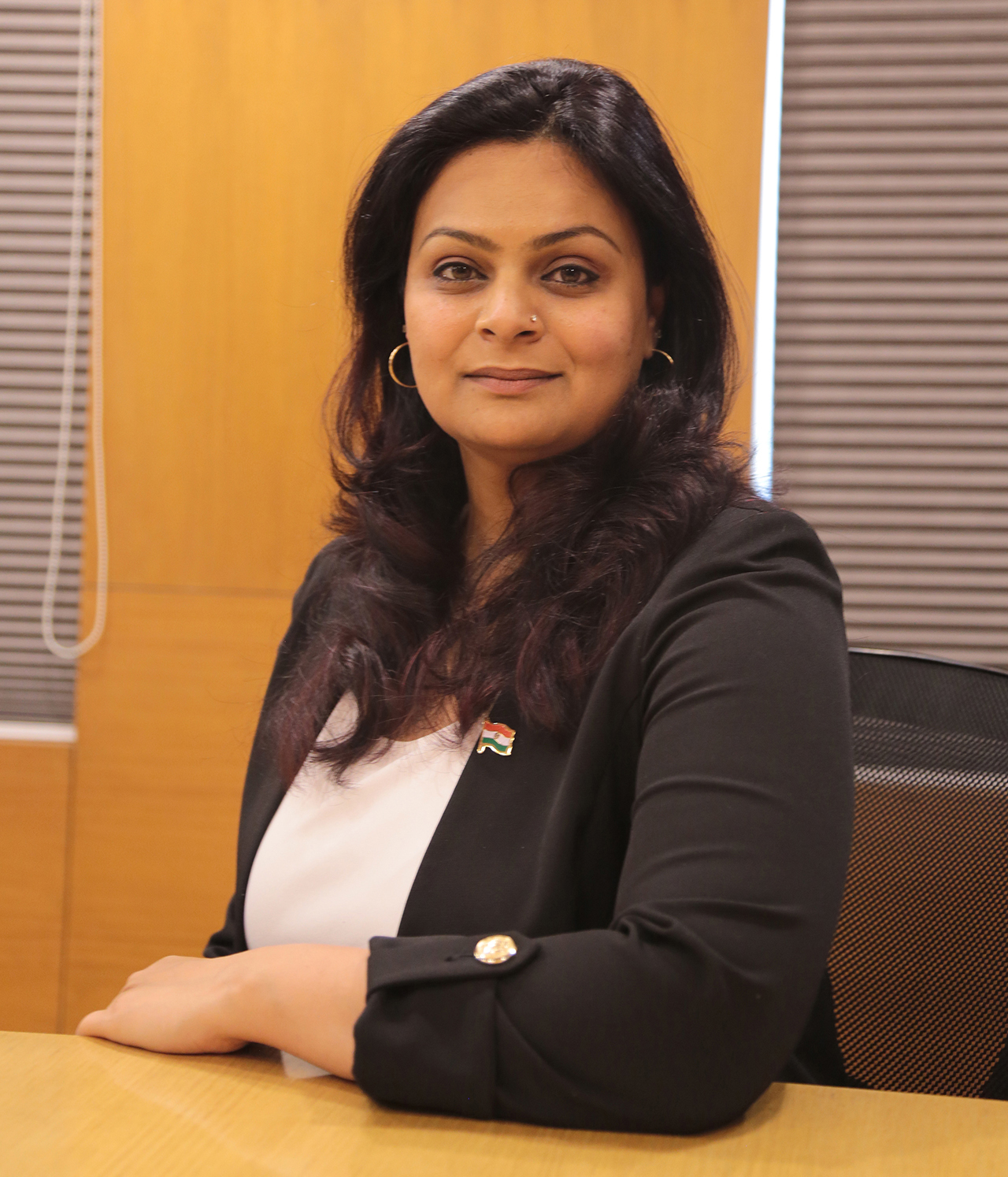
We have always worked towards eco-friendly processes from an environmental and human standpoint rather than treating them as government norms to follow.
Kanika Shriram, President (Rayon Division)
—
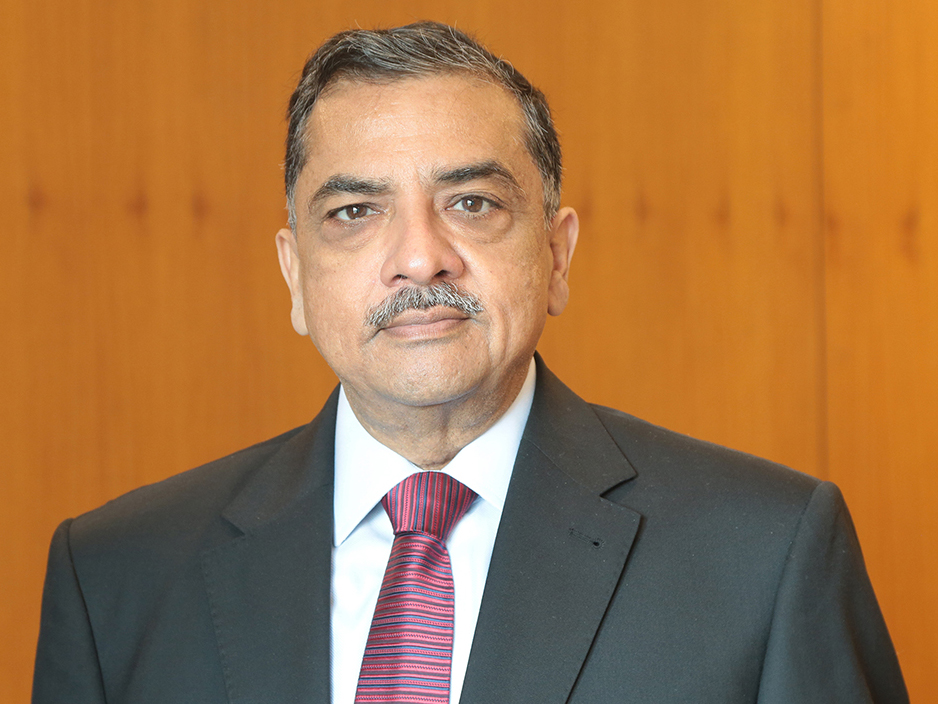
Our biggest achievement is that despite the odds we have created a successful team and a world-class manufacturing set-up and product.
Alok Shriram, Sr. MD and CEO, Shriram Rayons
—
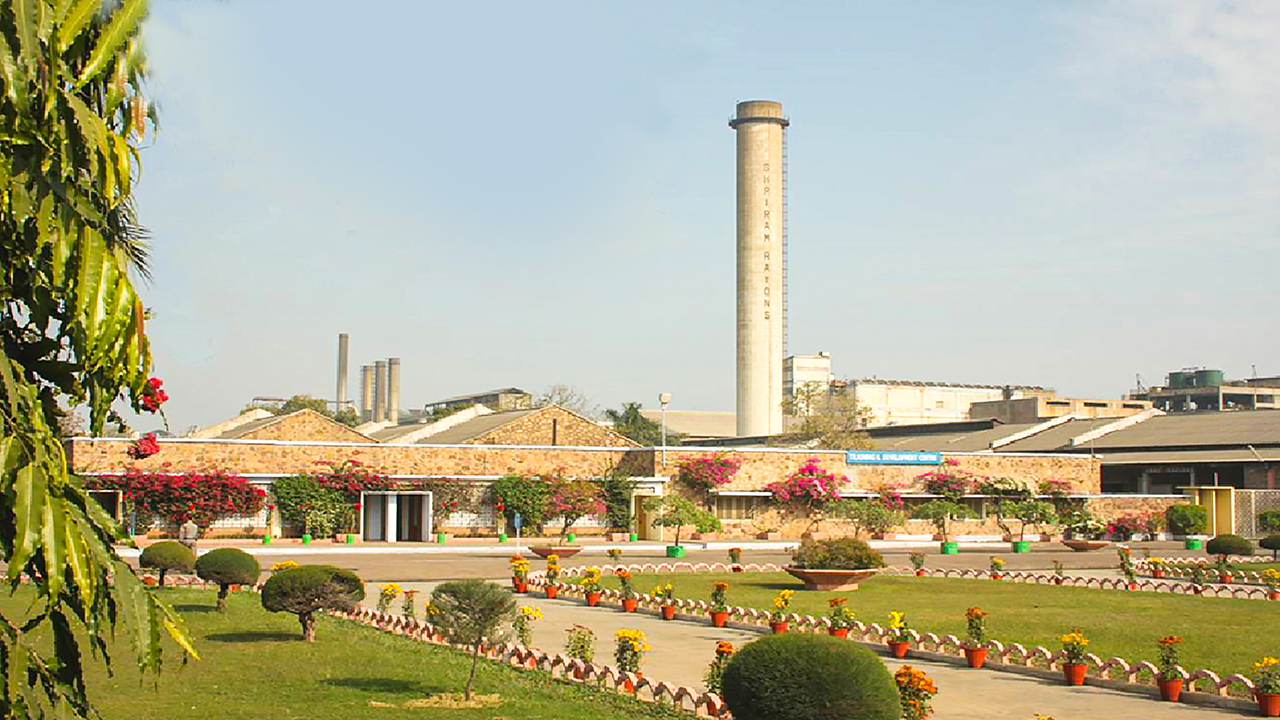
• Initially the tyre companies had indicated good volumes for the unit to achieve full capacity utilisation. However, the actual lifting during the year was lower due to recessionary economic conditions, which were further aggravated by worldwide lockdown due to the pandemic.
• The unit has been working continuously to increase its market share. It has become a major supplier in China and other new markets outside of Europe. Based on market assessment, the unit initiated implementation of a capacity expansion project. The installation of a new dipping unit with state-of-the-art technology is in an advance stage of implementation.
• It has been implementing measures to reduce energy and cost and to increase the use of agro fuel. During the year, agro fuel consumption increased to 92% while reducing the fossil fuel consumption to 8%.
• The unit is operating a 2 MW solar power plant.
• The unit continued its efforts to reduce, recycle and reuse water, thus achieving reduction in water consumption.